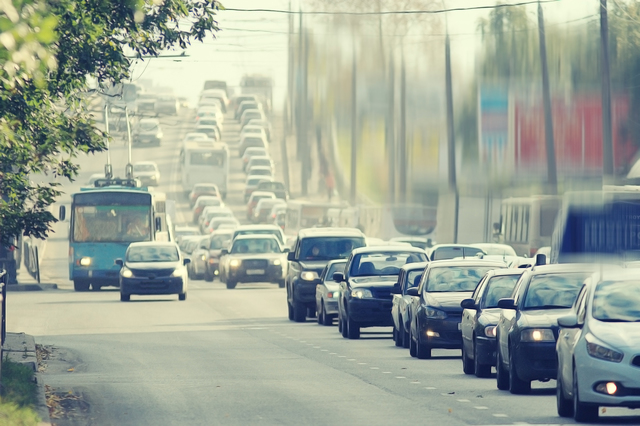“Tokyo Review special edition 005: History of TOD (5)” Tokyo’s miracle ― Traffic situation compared with Beijing People in China and other Asian countries are paying attention to the case of Tokyo’s “Transit Oriented Development (TOD)” such as Shinagawa and Shiodome. The fact that the traffic congestion is decreasing in the entire city of Tokyo has been picked up by various media. In China, Tokyo’s congestion is compared with Beijing City, and it is becoming known as “Tokyo’s miracle”.
The Statistics Bureau of the Ministry of Internal Affairs and Communications defines that the “Kanto metropolitan area” has 14,034 km² of land with a population of 36.9 million (2010) people. The City of Beijing has an area of 16,810 km² with a population of 21.5 million people. According to the media reports, “traffic congestion has decreased in Tokyo, and there are data which show that the average speed to travel has become twice as fast compared to that of 30 years ago.“ On the other hand, traffic congestion in the center of Beijing and its surrounding areas are serious and chronic.
The reasons are reported as follows:
1) Tokyo is advanced in terms of subway and other public transportation compared to other major international cities, and the utilization rate is also relatively high.
2) Even if workers want to commute with their private cars, the companies cannot prepare the parking spaces and they must pay a surprisingly expensive parking fee themselves.
3) Street parking is very limited and monitoring of parking violations has been strengthened recently.
According to the Tokyo metropolitan area’s Person Trip Survey (2013), 85% of Tokyo’s commuters and schoolchildren use public transportations such as the subway, the train, and the bus, while only 4% of the people use cars.
Looking at the subway networks, the subway in Beijing has 19 lines, 345 stations, and 574 kilometers in length, while the subway in Tokyo has 13 lines, 285 stations, and a total length of 304 km. The daily average passengers of Beijing’s subway exceeds 10 million people, while Tokyo has 9.91 million passengers (2016). Tokyo’s number of passengers are similar to Beijing’s. However, the Chinese media are pointing out that the density of the subway lines in the central area of Tokyo is higher. Furthermore, considering the fact that the number of direct operations of private railways are steadily increasing, and the convenience of transfering lines are also improving, it can be said that Tokyo’s subway is the most convenient in the world.
In addition, to facilitate TOD, the city area must be “walkable.” Sidewalks from your house to the station, and from the station to your office must be pedestrian-friendly. In this regard, Tokyo is superior, as it is difficult to cross the roads with many lanes in Beijing.
The convenience of public transportation in Tokyo will continue to improve in the future, and more advanced examples of TOD models will be created.
